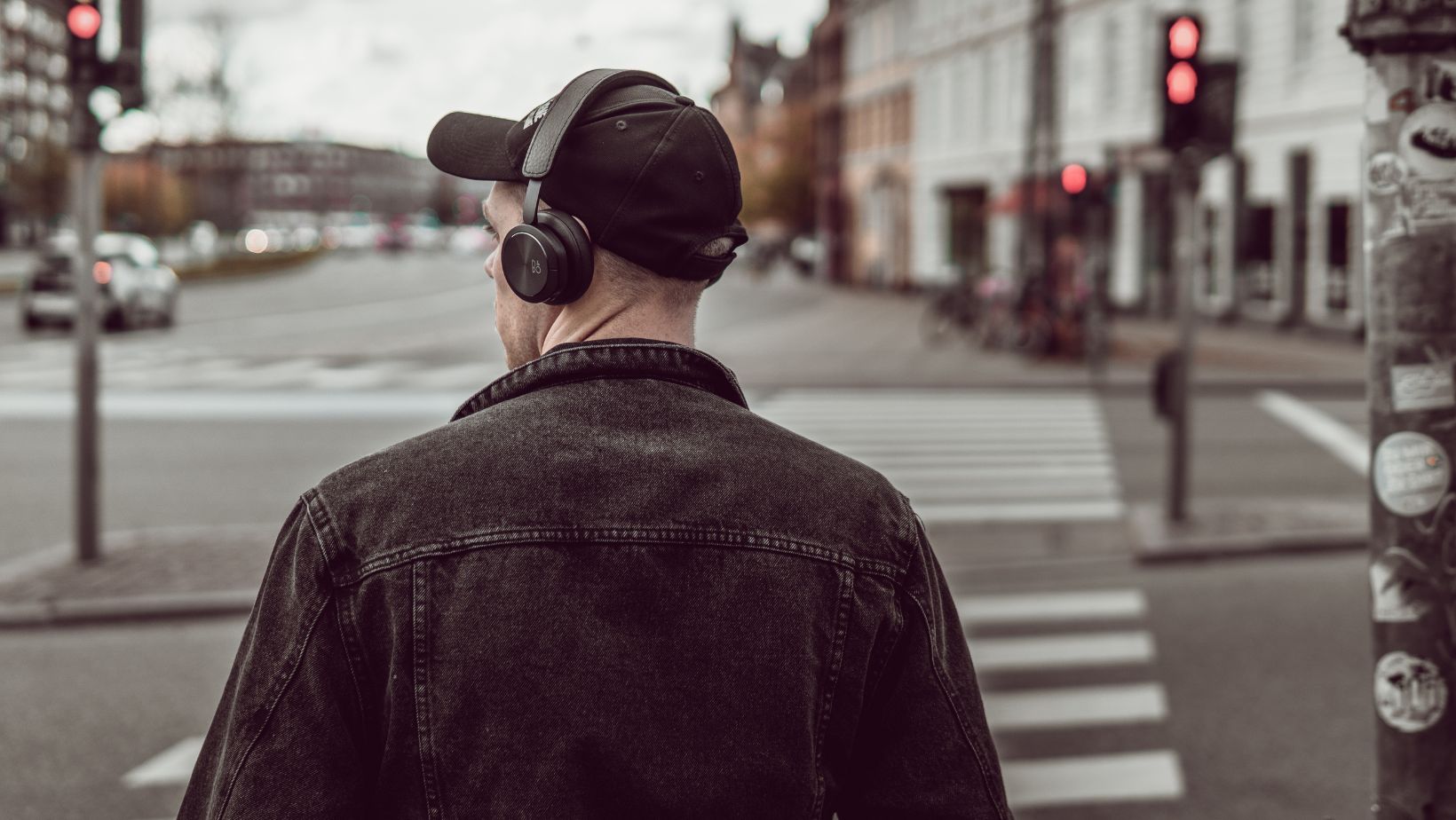Every day, over 80 percent of Spotify streams come from playlists. Not just random ones, but curated, mood-based, genre-specific, or user-created playlists. That tells us one clear thing: people on Spotify are not just listening to songs. They’re searching for experiences.
When someone presses play on a playlist, it says more than just “I like music.” It shows mood, activity, preference, and sometimes even emotion. Playlist plays are more than simple streams. They’re reflections of what listeners want, how they feel, and what they’re trying to do in that moment.
Let’s explore how these plays help us understand listener intent and what they mean for artists, curators, and the platform itself.
People Choose Playlists Based on Mood or Activity
There’s a playlist for everything. Working out. Studying. Cooking. Driving. Sleeping. Some people don’t even care about the artist. They just want the vibe.

So when someone picks a “Focus Music” playlist, they’re not just streaming, they’re telling Spotify, “Help me concentrate.” When they hit “Feel Good Hits,” they’re saying, “Lift my mood.”
These choices show intent. They reveal why someone is listening, not just what they’re listening to. And that’s powerful.
Playlist Plays Are Not Always Passive
There’s a belief that playlist plays are passive. That people hit play and walk away. But that’s not always true. Many users actively browse playlists, skip songs they don’t like, and save the ones they do.
Spotify tracks all of it. If someone replays a song from a playlist, adds it to their own, or follows the artist, that’s a strong signal of real interest. It means the song met their intent.
When a listener saves a song from a playlist in their library, it goes from background music to a personal favorite.
Skips and Saves Tell a Clear Story
The way people behave inside playlists reveals a lot. If a song gets skipped often, it may not fit the mood or theme of that playlist. If it gets saved or replayed, it’s likely a good match.
For artists, this feedback is gold. It shows which kinds of playlists work best for their music. Chill pop might perform better in “Evening Drive” than in “Morning Motivation.” These patterns help shape future strategy.
Playlists Shape Discovery
Most people don’t go searching for new artists every day. They let playlists do the work. When a song lands on a popular playlist, it gets exposed to thousands, maybe millions.

And if people keep listening, that artist starts showing up in algorithm-based playlists too. One playlist play can turn into a new fan. Maybe even a lifelong one.
Final Thoughts
Playlist plays are more than background numbers. They are clues. They show what people want, how they listen, and what kind of music fits into their lives.
For creators, it’s a chance to connect with listeners in real, meaningful ways. For curators, it’s a chance to shape mood and moment. And for Spotify, it’s a tool to understand music taste in its most honest form.
Because when someone chooses a playlist, they’re doing more than playing a song. They’re pressing play on a feeling.
